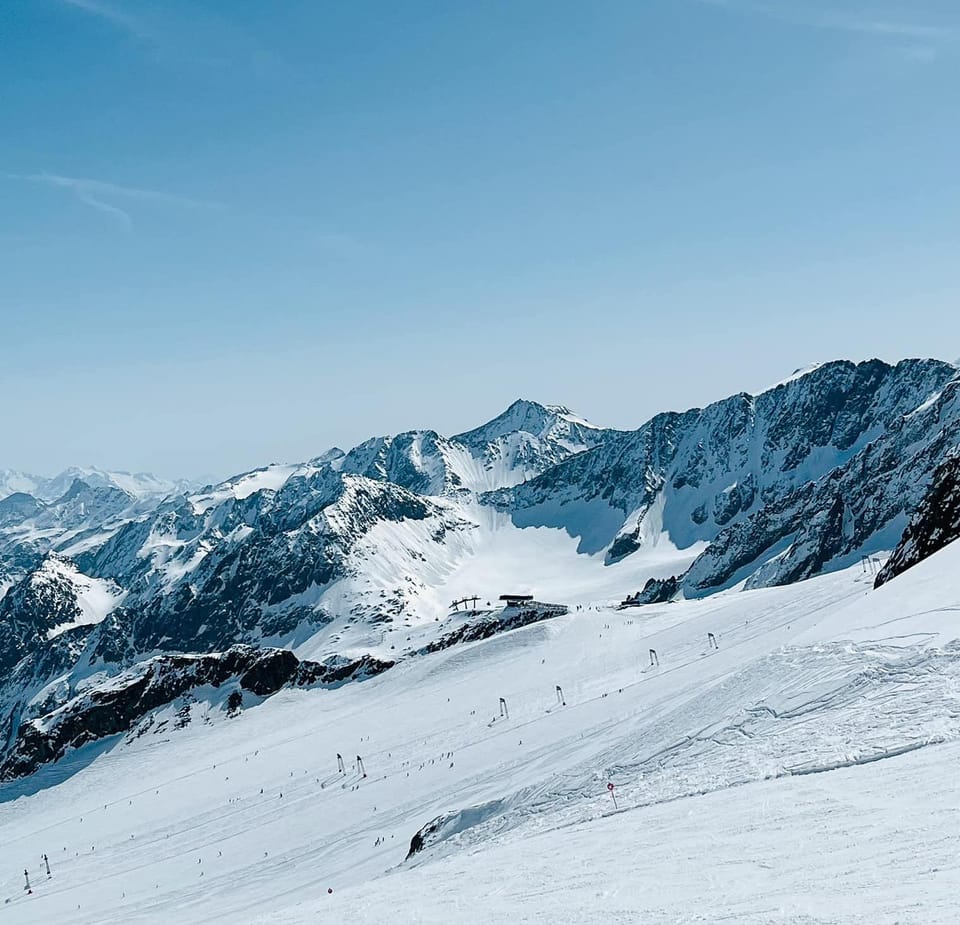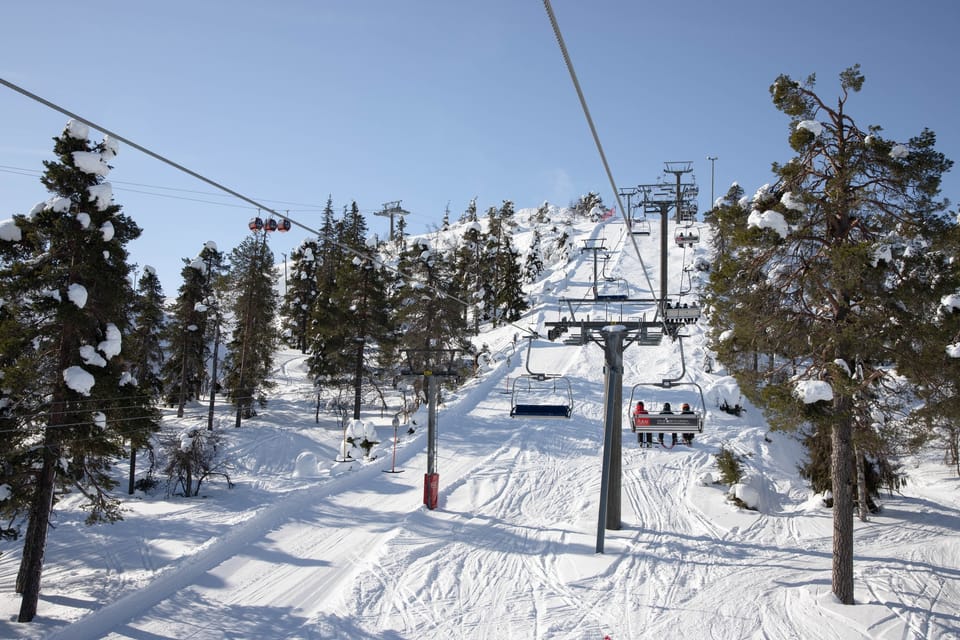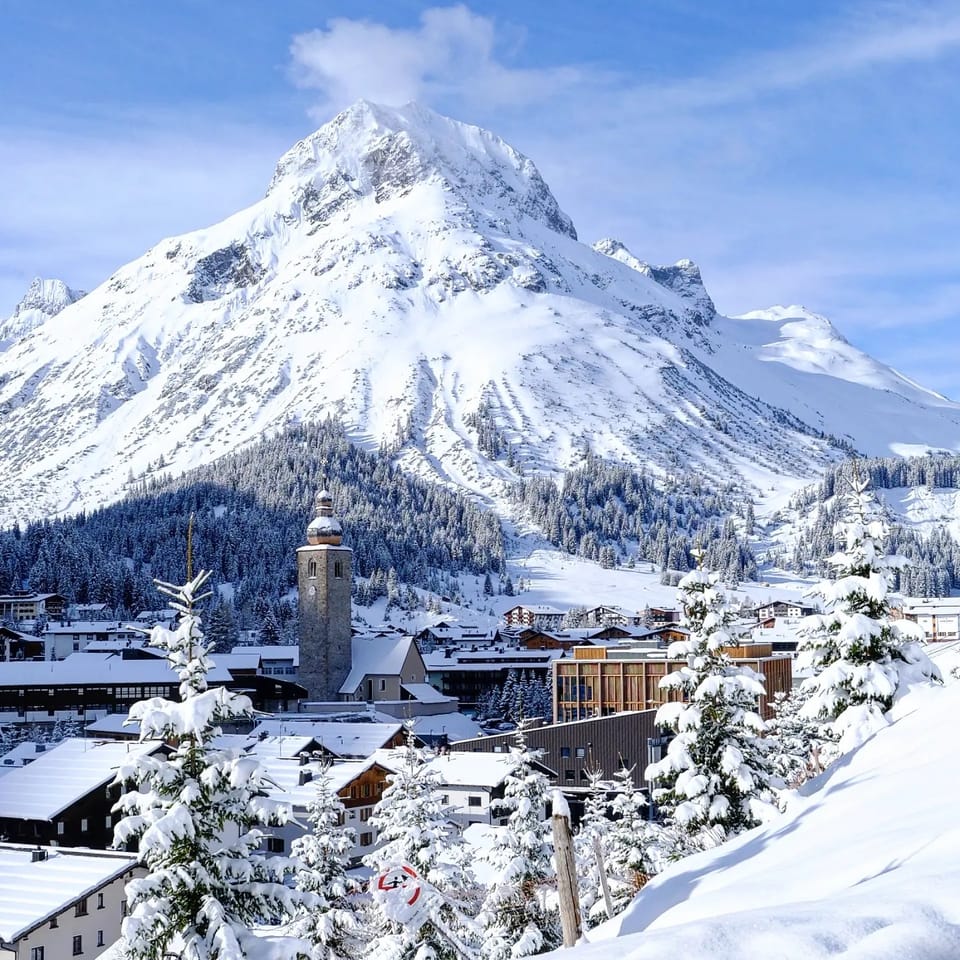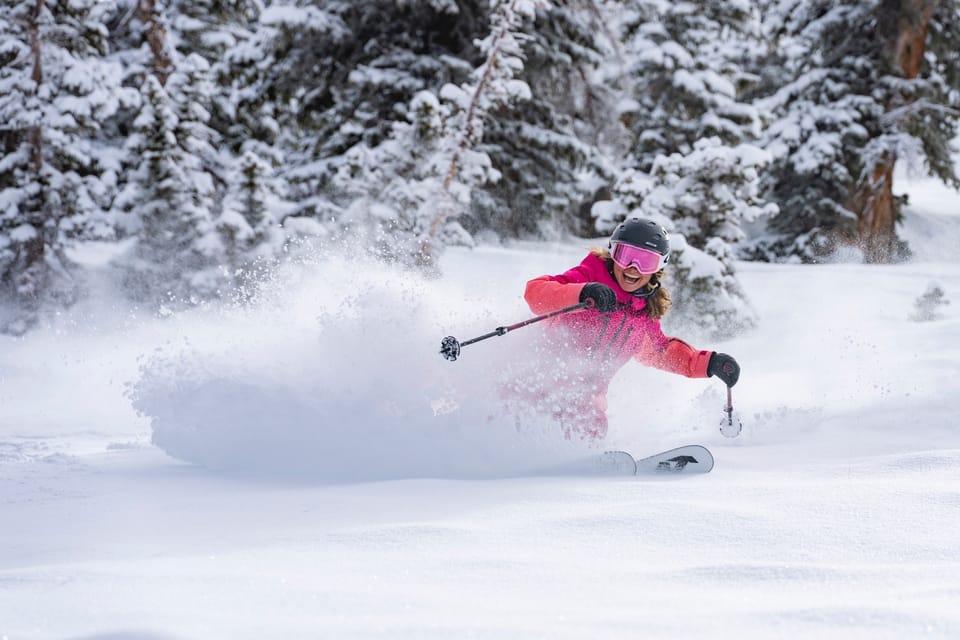El Nino Plus Leads To Early Season End For Montana Ski Area

A winter of warm temperatures, dry weather and often rain on lower slopes rather than snow when precipitation does come is taking its toll on ski centres in North America’s Pacific Northwest region as well as Montana in the Northern Rockies.
Although ski areas in more southerly states including Arizona, Colorado, California and New Mexico, as well as in Utah and Wyoming, have posted some big snowfalls in the last week, unfortunately Montana, Washington State, some of Oregon and north of the border in BC, and parts of Alaska, there’s not seen much fresh snow, nor cold enough temperatures for snowmaking.
The conditions are being primarily blamed on a strong warming El Nino system off the Pacific, but meteorologists are also saying that doesn’t completely explaining it and say that adding climate change into the mix exacerbates the El Nino factor further.
Montana’s Teton Pass ski area (pictured at the start of May) has announced it has decided to give up on this season and call it a day until 24-25 as a result of the conditions, and the long-term forecast for the rest of the season.

The same issue has prevented one of North America’s largest ski area, another Montana resort, Big Sky, which recently announced it will become the first resort in the world with two 8 seat chairlifts, that has prevented opening more than half of its vast domain all winter.
But it is a nuanced picture. Most ski areas in the Rockies are reporting pretty good conditions now, especially after many had several feet of snowfall in the last week. Park City, with America’s biggest ski area, is now 100% open and down in New Mexico Sandia Peak has opened for the first time in three winters thanks to the snowfall there.
Further north and west though it’s a different story, the snowpack in BC to the north is reported to be 40% below average and coastal areas including Mt Washington, Cypress Mountain, Grouse Mountain and Whistler Blackcomb have all reported issues maintaining snow cover and quality for what snow there is.
At Teton Pass, owner Charles Hlavac issued a six-page statement on his decision to call it a day on the 23-24 season, noting, among many other things, that the local weather station reported the snowpack at its lowest in the 55 years ir has been operating. That and temperatures getting more than 20 degrees above freezing at times.
“We as a business are suffering, and have been since December,” he wrote. “Ski areas ‘gamble’ every year by fronting large financial commitments that they hope to pay off with the business of that coming season. We commit that money to early season payroll, insurance premiums, property tax, large scale maintenance, and significant startup costs such as food, beverages, fuel, and even explosives for avalanche mitigation work.”
“We are becoming delinquent on all of that, and the weight of that stress is real. Continuing to wait for winter feels like continuing to gamble, but now we are gambling with someone else’s money. It does not feel financially responsible.”




